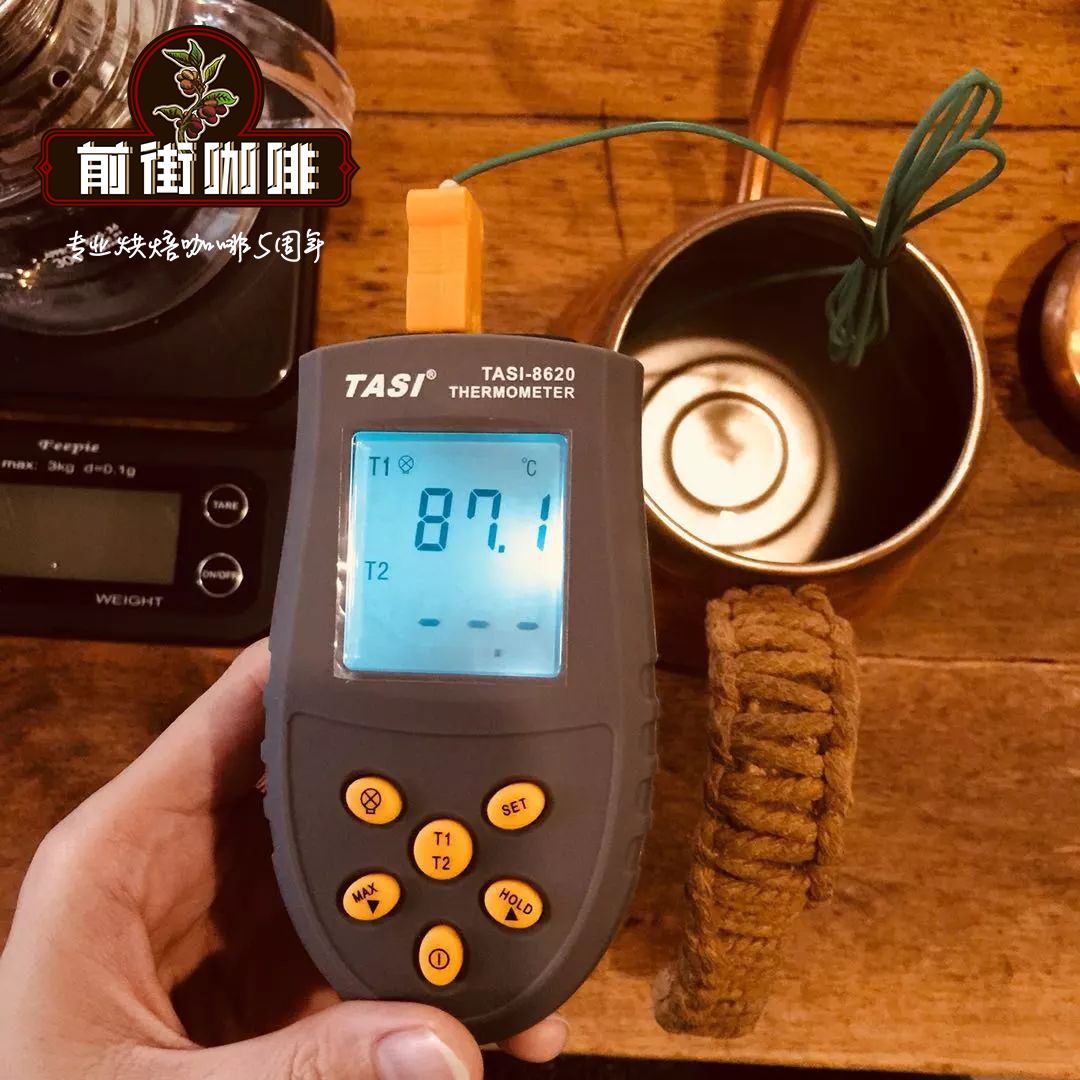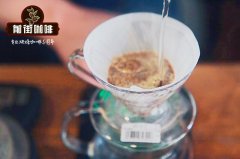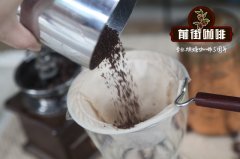Kenya AA Coffee Bean-Kiambu KIRURA Coffee How Much Does Kenya Coffee Bean Cost

Professional coffee knowledge exchange more coffee bean information please follow the coffee workshop (Wechat official account cafe_style)
Kenyan coffee beans-how about Kiambu KIRURA coffee? how much are Kenyan coffee beans?
Kenya Kiambu Kirura
Coffee producing area of Kenya-Kiambu
Kirura is one of the 13 washing stations in Komothai, the largest cooperative in Kianmbu County. The area is a collage of historic colonial cafes, single farmers' estates and well-run cooperatives. Co-growers are the fertile soil of the mountains. In Kenya, the relentless sunshine and wildflower-lined roads eventually lead to nearby Nairobi. Under these conditions, Kirura's face shines with stones and tropical fruits. Delicate acidity, like a plump rose fruit, makes it a lively cup that behaves well in any way: dripping or ice cubes.
Kirura Coffee Factory is part of Komothai FCS and is located in Kiambu County.
The regional soil is well nourished, with red volcanic rock, black cotton and fertile soil. The annual precipitation of 90-1100 mm ensures good soil saturation, and the annual output is about 52 metric tons of clean coffee. In a factory (also known as a wet mill), cherries are pulped and fermented. 24 hours. After fermentation, the coffee is soaked in a pot full of water and washed in the channel. Still in a state of washing, coffee is graded in P1 (the heaviest parchment), P2 and lamp (floats), and any remaining cherries are removed and processed separately. The coffee is dried on a raised table and may take three weeks to dry. At night and during the hottest periods, parchment is covered so that the drying is uniform.
Like other factories and estates in the same area, there are a variety of native shade trees, and the area has a variety of wild animals, such as antelopes, hyenas, porcupines, squirrels, anteaters, monkeys and so on.
Kenyan coffee trees are mostly planted at 1400 m-2100 m above sea level, and the growth areas include Ruiri, Thika, Kirinyaga and Mt. Kenya West, Nyeri, Kiambu and Muranga. Mainly in the foothills of Mt.Kenya and Aberdare. There are two rainy seasons in a year, which is also the coffee bean harvest season. The main harvest season is from October to the end of the year, followed by the harvest season from June to August. Kenya's boutique coffee beans, which are full of wild land and hot sunshine, are outstanding representatives of the African continent.
Kenyan coffee is washed with water, so the flavor is clean and bright, and the sour taste is more prominent. Many small farmers still adhere to high-quality control, high-quality products come out one after another. In the phosphoric acid-filled Kenyan soil, it seems that both SL-28 and SL-34 bourbon variants have adapted and are the contributors to the unique aroma of Umei acid. The unique aroma of Umei acid, citrus, wine-like taste, mixed with sweet sugar cane, strong aroma but elegant, clear and distinct layers, complex and deep taste, full of individual acidity, showing the extraordinary quality of Kenyan boutique coffee. In Kenyan boutique coffee, AA Top (AA Estate) is the best, followed by AA Plus, AA FAQ (Fair Average Quality), AB Top (AB Estate), AB Plus, AB FAQ and PB (PeaBerry). There are many producing areas in Kenya that strive to preserve the native forest ecosystem, protect the natural gene pool, support the reproduction of wild coffee varieties and breed a variety of coffee trees. In 1930, the unique Kenyan varieties SL28 and SL34, which were cultivated and named by the "Scott Laboratories" laboratory, were born under such a good environment.
According to botanists in SL laboratory, SL28 and SL34 are genetic variants. Where:
1. SL28 has a mixed pedigree of French missionaries, mocha and Yemeni Tibica.
2. SL34 has French missionaries, bourbon, and more Tibica blood.
The goal of cultivating SL28 was to mass produce coffee beans with high quality and resistance to diseases and insect pests. Although SL28 did not produce as much as expected, copper and broad bean-shaped beans have great sweetness, balance and complex flavor, as well as significant citrus and black plum characteristics. SL34 is similar to SL28 in flavor, with a heavier, fuller and cleaner finish than SL28, except for the complex acidity and great sweetness of the finish.
END
Important Notice :
前街咖啡 FrontStreet Coffee has moved to new addredd:
FrontStreet Coffee Address: 315,Donghua East Road,GuangZhou
Tel:020 38364473
- Prev

What is the taste of Kenya AA Nieri washed dew coffee beans? how to introduce Kenyan coffee beans?
Professional coffee knowledge exchange more coffee bean information please follow the coffee workshop (Wechat official account cafe_style) production area: Nyeri Nieri varieties: SL 28 and SL 34 raw bean treatment: washing fermentation, African elevated sun roasting: medium roasting Medium Roast shows the best balance of Kenyan coffee, charming berry aromas and sour taste of ripe fruit, strong taste
- Next

How do I make coffee in Kam Chu Valley, Kenya? Information introduction of Kenya AA washing TOP Enbu processing Plant
Professional coffee knowledge exchange more coffee bean information Please follow Coffee Workshop (Wechat official account cafe_style) ◆ Kenyan coffee varieties were first brought to Kenya to grow Bourbon bourbon. In the 1950s, the then agricultural research institution ScottLaboratory made unremitting efforts to select two excellent hybrids, SL-28 and SL-34.
Related
- Detailed explanation of Jadeite planting Land in Panamanian Jadeite Manor introduction to the grading system of Jadeite competitive bidding, Red bid, Green bid and Rose Summer
- Story of Coffee planting in Brenka region of Costa Rica Stonehenge Manor anaerobic heavy honey treatment of flavor mouth
- What's on the barrel of Blue Mountain Coffee beans?
- Can American coffee also pull flowers? How to use hot American style to pull out a good-looking pattern?
- Can you make a cold extract with coffee beans? What is the right proportion for cold-extracted coffee formula?
- Indonesian PWN Gold Mandrine Coffee Origin Features Flavor How to Chong? Mandolin coffee is American.
- A brief introduction to the flavor characteristics of Brazilian yellow bourbon coffee beans
- What is the effect of different water quality on the flavor of cold-extracted coffee? What kind of water is best for brewing coffee?
- Why do you think of Rose Summer whenever you mention Panamanian coffee?
- Introduction to the characteristics of authentic blue mountain coffee bean producing areas? What is the CIB Coffee Authority in Jamaica?

